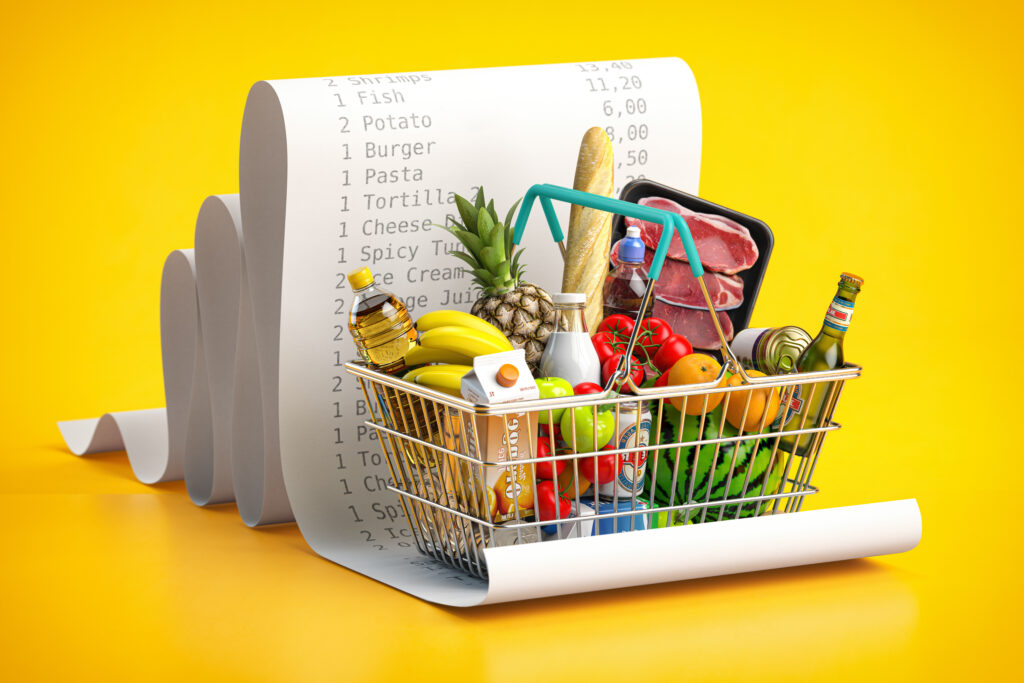Does it seem like you’re taking endless trips to the grocery store? While you may not be able to avoid some, you can reduce the number of trips you make while also saving yourself time and money. It is estimated that more than one-third of the global food supply is wasted each year due to spoilage and expired products. To put it in perspective, that is almost 1.3 billion tons of food worldwide. Help reduce your carbon footprint and save money with these helpful tips from our experts:

- Shop for Your Pantry – The first step of any successful grocery store trip is to shop for your favorite pantry staples. Many of these foods are located in the center of the store. They include nutritious items like beans, rice, tuna, and canned foods. These foods have a longer shelf life and lower rates of spoilage due to common food additives and ingredients along with the process of being dried or canned. As a result, they are a great way to stretch a dollar and can be a lifesaver particularly when time is short and stomachs are growling.
- Look for Products with Longer Expiration Dates – The second step for ultimate success is to shop for products that have lengthy expiration dates. Your favorite foods probably fall into this category: peanut butter, yogurt, salad dressings, canned fruits and vegetables, pasta, olives, and salsa, to name a few. Many are good-for-you products that can sit in your pantry or refrigerator until you are ready to use them. Keeping these products on hand means less waste and more money in your pocket. They also come in handy when supplementing more perishable items like meat and fresh vegetables. Consider serving up a light meal consisting of yogurt, fruit and nuts, a quick PB&J sandwich, or possibly some salsa with chips and cheese. While shelf stable products are always the best when it comes to easy meals, do you know what contributes to making these products shelf stable? You can thank food additives and ingredients for that. They help extend shelf life and also contribute to taste, texture, and freshness while reducing costs. All food additives undergo safety tests and reviews by regulatory authorities.
- Buy in Bulk – If you know your kids always seem to go through the same snacks, consider buying these foods in bulk. Buying in bulk has a number of advantages; it can save you countless trips to the grocery store, and buying in bulk is typically less expensive per portion than buying smaller quantities. Additionally, buying in bulk is convenient and great for emergencies because you don’t have to worry about running out of a certain item. Some of your kids’ favorite snacks and foods stay fresh for longer with the help of food additives and ingredients. Rest assured these same additives are found in some of mom and dad’s favorite things (i.e., beer and wine) and are completely safe. Freezing is another method to preventing food spoilage of bulk items.
- Choose a Combination of Non-Perishable and Perishable Foods – Another key to success is buying a combination of perishable and non-perishable items. This allows you to have a greater variety of foods in your diet as well as versatility in the kitchen and on the table, giving you ample time to create recipes that utilize your fresh foods before they go bad. While perishable items spoil faster, additives do help contribute to their shelf life. The outside layer of many fruits and vegetables are sealed with additives to ensure it lasts on your shelf for as long as possible.
For additional resources please visit:
